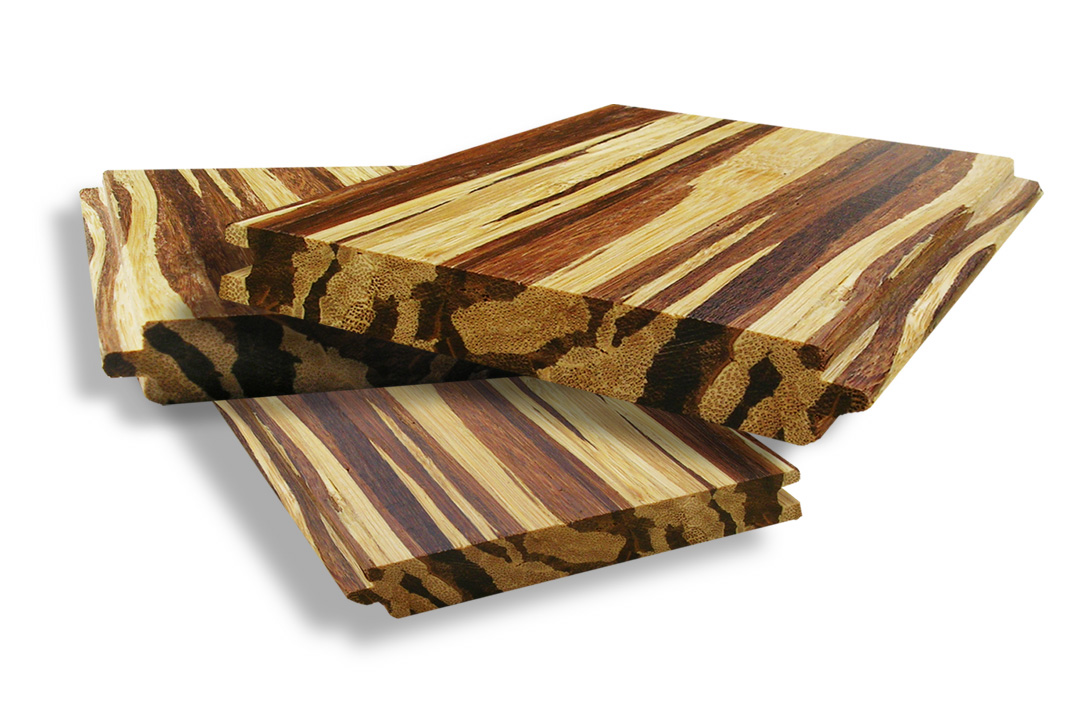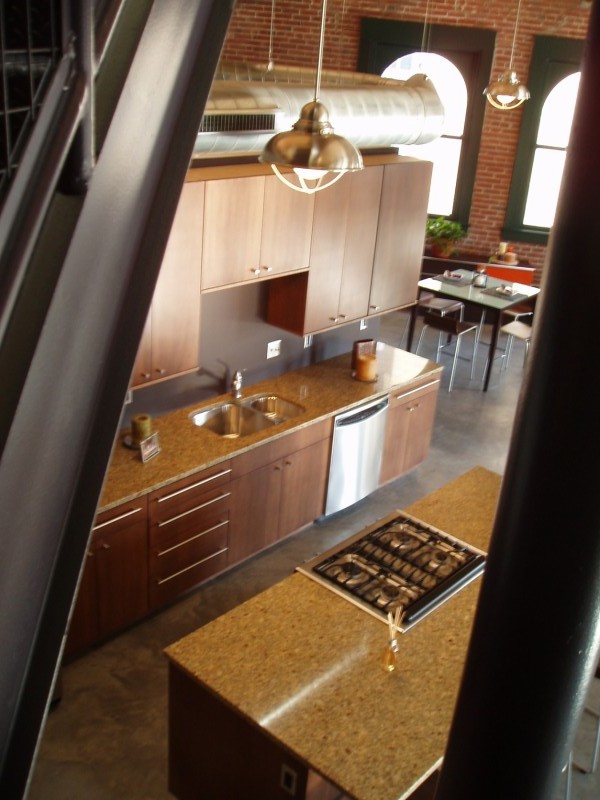When you make the decision to implement sustainable practices into your life, education is critical in order to understand what you’re truly looking for in sustainable products. So far, I’ve brushed on water-saving plumbing fixtures and countertops. Let’s chat about cabinets for a while…
Cabinetry is an important investment that creates a significant impact on your space. Not only the comfort-of-your-home kind of space, but also the environment where it was manufactured, all the way to the forest where it came from kind of space.
What’s the first thing you think when considering “green” cabinets? The material? Bamboo? Bamboo is a beautiful, durable, option; just remember to be very cautious of where it originates and how it is harvested. There are a few reliable resources for it, but many are not. Smith and Fong’s Ply-Boo is an excellent one. A very scrumptious one, actually…

How about cabinets made from reclaimed materials? Are those reclaimed materials local? How far have they been transported to get to the manufacturer, then to you? If your cabinets are made from virgin lumber (wood that has come directly from trees that have been cut down to make them), is that wood FSC Certified? So much to consider! Luckily, we have an excellent local resource called Greenhaus Cabinetsthat can meet any and all of those requests.
So, let’s go back to the responsibly harvested bamboo or hardwood. Remember, it is often manufactured as a veneer in lieu of solid wood. Why, you ask? There are a few reasons, but a notable one is to minimize the natural expansion and contraction that wood goes through with changes in temperature and humidity. Some solid wood cabinets aren’t particularly practical in a kitchen or bathroom. Especially in the Midwest. Want more to consider?
What is the cabinet made of under that veneer? How is the veneer attached to the substrate underneath? How is that veneer actually finished? It doesn’t make much sense to take a smart product like Ply-Boo, FSC Certified Maple, or Missouri Red Oak – only to use a smelly adhesive to attach the substrate that is laden with more VOC-purging chemicals – then smother it with a beautiful finish that happens to be loaded with yet more VOC’s! The horror!
Back up…not so sure what’s so awful about VOCs…or what they are for that matter? VOC stands for volatile organic compound. They are (often toxic) gases omitted from various products. They constantly vaporize into the atmosphere around you, polluting and infringing on your fresh air space. You know that new carpet smell – blame VOCs. Its no surprise that concentrations of many VOCs are higher indoors than out (one great reason for a well-ventilated house or building). Some common health effects are headaches, various irritations, nausea, or worse.
Thankfully, there are products like formaldehyde-free Pure Bond, a nontoxic soy-based plywood. Water and Soy-based finishes are available as well. Combined, these factors contribute to a VOC-free end product. Locally, Centorbi Custom Cabinetry does beautiful work, using formaldehyde-free plywood upon request.

When seriously considering new products to put into the sanctuary of your home, you need to open yourself to the idea of spending a little more money up front. These cabinets are not always price competitive with the throw-away cabinetry you can pick up at homecenters. However, in return you invest in lifetime quality and contribute to healthy living.
All of this, above and beyond your contribution to a healthier environment.
